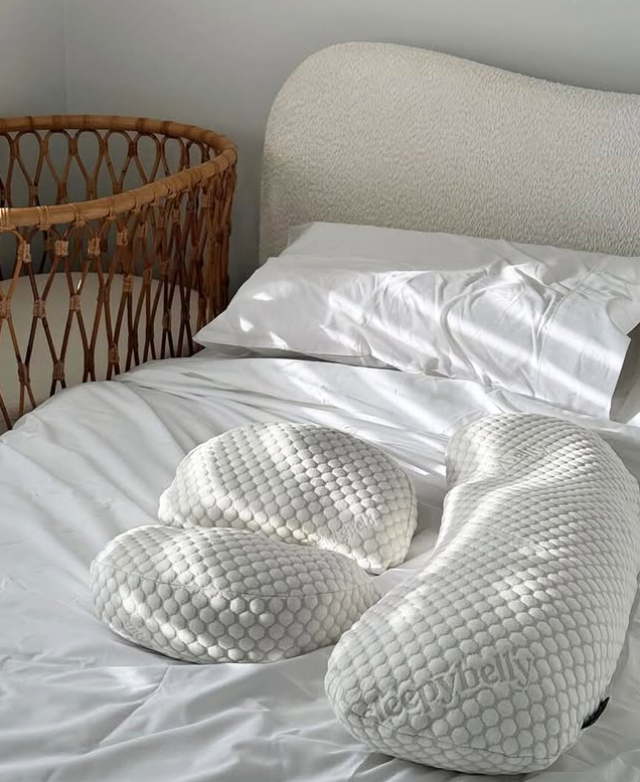Childbirth is a profound experience, and understanding the various methods and pain management techniques can empower expectant parents to make informed choices. This article delves into the most common childbirth methods and explores the pros and cons of different pain relief options, supported by insights from medical journals and expert studies.

1. Childbirth Methods
Natural Birth
Description:
Natural birth refers to childbirth with minimal medical intervention. This method often involves a birthing plan that avoids pain medication and typically takes place in a birthing centre or at home.
Pros:
Promotes a quicker recovery, a more active role during labour, and immediate skin-to-skin contact.
Cons:
Can be extremely painful without pain relief, and there might be risks if complications arise.
References: Studies from the Journal of Perinatal Education emphasise the benefits of natural childbirth for mother and child bonding.
Epidural Birth
Description:
An epidural is a common pain relief method where pain medication is delivered through a catheter placed in the spine.
Pros:
Significantly reduces pain during childbirth and can be adjusted in dosage depending on the labour stage.
Cons:
May lead to a longer labour, potential for a drop in blood pressure, and might not be fully effective in all cases, leading to areas of pain during labor.
References:
Research in the American Journal of Obstetrics & Gynecology provides insights into the efficacy and potential side effects of epidurals.
Cesarean Section (C-Section)
Description:
A surgical method is used to deliver the baby through incisions in the abdomen and uterus.
Pros:
Necessary and life-saving in certain medical situations, and controlled settings.
Cons:
Longer recovery period, increased risk of infection, and potential complications in future pregnancies.
References:
The New England Journal of Medicine outlines the medical indications for elective and emergency C-sections.
Water Birth
Description:
Involves delivering a baby in a tub of warm water, which can help manage pain and ease the labour process.
Pros:
Water provides natural pain relief, reduces the need for epidurals, and eases the mother’s mobility during labour.
Cons:
Limited availability in hospitals, risks of waterborne infection, and not recommended in cases of complications.
References:
Analysis from the Journal of Midwifery & Women's Health discusses the benefits and precautions of water births.
2. Pain Relief Options
Medicated Options
Epidurals:
Reviewed above.
Non-Medicated Options
Breathing Techniques:
Techniques such as Lamaze help in managing pain through focused breathing.
Acupressure and Massage:
Used to relieve labour pain and anxiety.
TENS (Transcutaneous Electrical Nerve Stimulation):
A device that sends small electric pulses to the body to reduce pain.
Pros: Non-invasive and allows for maternal control over pain relief.
Cons: Varying effectiveness; not suitable for everyone.
References: A study in the Journal of Pain Research evaluates the effectiveness of TENS in labour.
Sterile Water Injections
This method involves the administration of a small amount of sterile water through four injections into the skin of the lower back. The procedure produces a brief, intense stinging sensation that can help to significantly reduce lower back pain during labor.
Pros:
- Effectiveness: Research shows that sterile water injections can provide significant relief from lower back pain during labor, with effects lasting up to two hours.
- Safety: The method uses only sterile water without any drugs, making it safe for both mother and baby.
- Speed: The pain relief can be almost immediate, providing a quick method for managing intense pain.
Cons:
Discomfort from Injection: The injection itself can be quite painful, though the pain is temporary and typically considered less intense than contraction pains.
Limited Scope: Primarily effective for back pain and may not aid with other types of labor pain.
References: Studies published in the Journal of Obstetric, Gynecologic, & Neonatal Nursing have evaluated the efficacy and safety of sterile water injections in labor, showing positive outcomes for pain management.
Choosing the right childbirth method and pain relief technique is a personal decision that should be made based on the mother’s health, pregnancy history, and personal preferences. Consulting with healthcare providers and reviewing recent medical literature can help make this important decision more informed.



